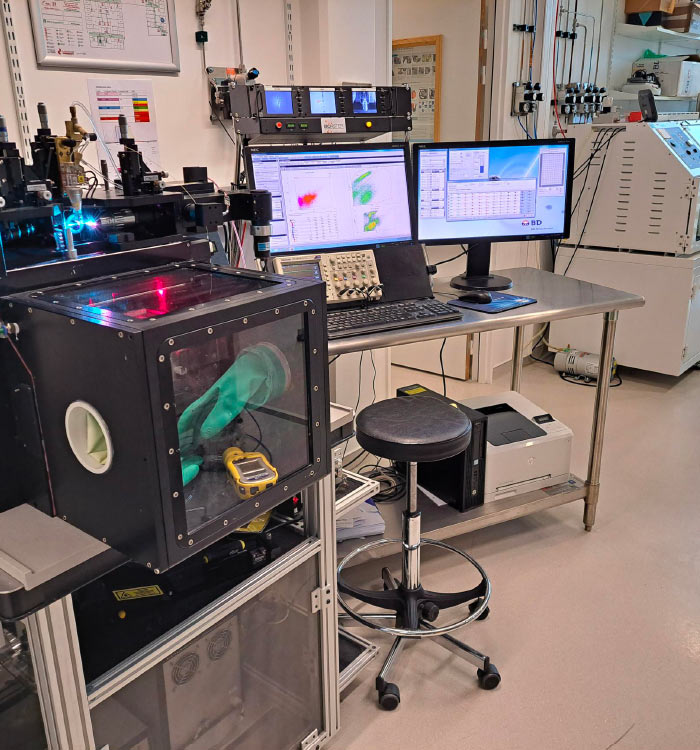Advantages
The advantage is for companies wishing to isolate microorganisms of interest from complex ecosystems (e.g. human and animal health biotech, environment and food industry).
The high sensitivity of the system allow to sort and isolate very low abundant bacteria (as low as 0.02% of relative abundance).
Targeted cell-sorting under anaerobic conditions is a promising tool for the study of fecal microbiota. It gives the opportunity to quickly analyze microbial populations, and can be used to sort EOS and/or under-represented strains of interest using specific antibodies.
Through the reverse genomic approach, it also allows the isolation of bacteria that have not already been isolated.
Potential Applications
With the availability of next-generation sequencing technologies that allow high-throughput analysis of the composition and function of complex microbial ecosystems, the field of microbiome research has grown rapidly in recent years, and countless associations have been reported between microbiota composition and specific health conditions.
This is especially true for the human gut ecosystem, for which microbial signatures have been associated with metabolic syndrome, inflammatory bowel diseases (IBD), and response to cancer immunotherapy to mention just a few. This offers new fundamental and applied research avenues, with the ultimate goal to develop new, complementary tools for treating these conditions. There is thus a growing interest in using cultured, wellcharacterized strains to complement deficiencies in the gut microbiota,
referred to as “next-generation probiotics” (NGP)
The technology is currently applied for isolation of bacteria having the potential to be NGPs.
Next steps
The advent of “biomic” techniques has allowed a fine characterization of complex microbial communities. Their use on a large scale has led to the in silico identification of several thousands of species constituting the intestinal microbiota, a large fraction of which has not been isolated or cultured to date. Among these non-isolated species, some are identified as potential new generation probiotics.
To date, the challenges to access this reservoir of new generation probiotics, even before their exploitation, are mainly scientific and technological:
- precise identification of bacterial species
- potential therapeutic target(s)
- and also, and maybe more critical, ability to specifically target and isolate viable representatives in complex ecosystems.
In a project with INRAE, BIOASTER has validated the proof of principle of metagenomics-guided culturomics to select and isolate species of interest using reverse genomics to generate antibodies to target the species of interest identified in silico.
After this first step, BIOASTER wishes to develop further this approach to render it more robust and replicable through a proof-of-concept phase.


